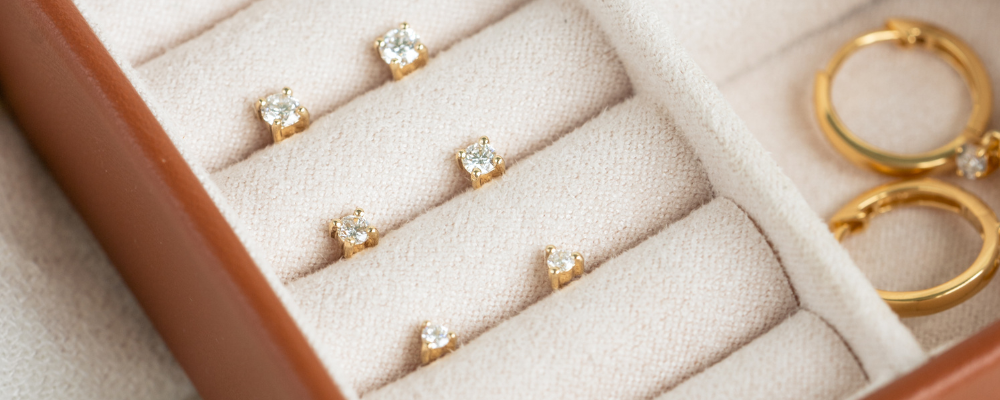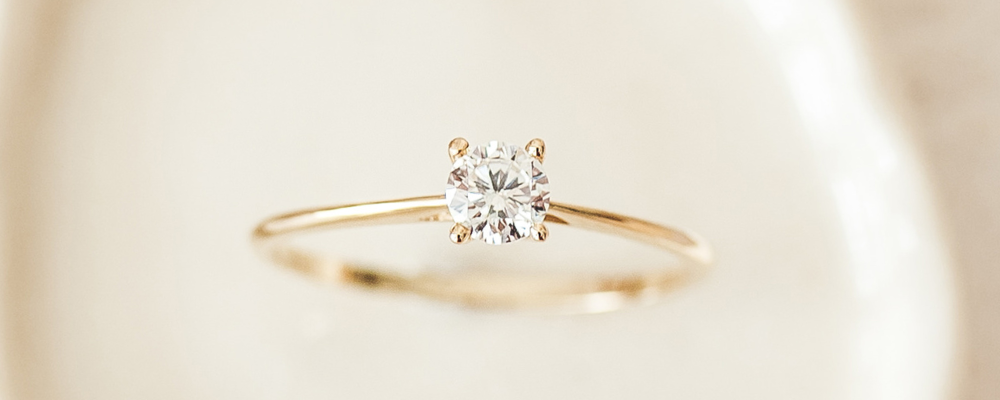4Cs of Diamonds: Everything You Need to Know | Linjer Jewelry
Diamonds are often synonymous with notions of luxury and elegance, known for their brilliant, sparkly appearance. We love diamond jewelry because they are timeless, long-lasting, and literally go with everything.
The 4Cs: cut, color, clarity and carat - determine the quality of a diamond. Understanding the workings of the 4Cs can help you become a savvy shopper and make informed decisions. Let’s dive into the world of diamonds and discover the ins and outs of the 4Cs.
Diamond Properties
Diamonds are rare, naturally-occurring minerals formed 100 miles below the Earth’s surface. They’re made of carbon and form under high temperatures and pressure. Every diamond has billions of carbon atoms that are locked together forever.
While most diamonds are mined, lab grown diamonds are growing in popularity. They share the same properties and appearance as mined diamonds but are eco-friendly and conflict-free.
Shop Our Diamond Jewelry
Diamond Solitaire Ring |
14k Yellow Gold Diamond Stud Earrings 3mm - Aria |
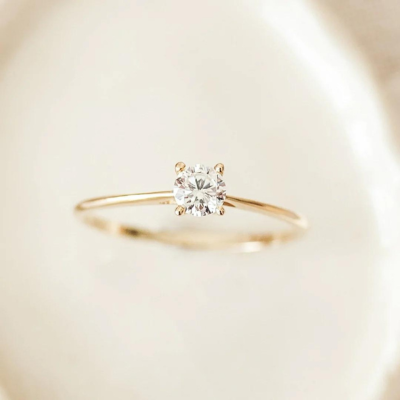
See Product |
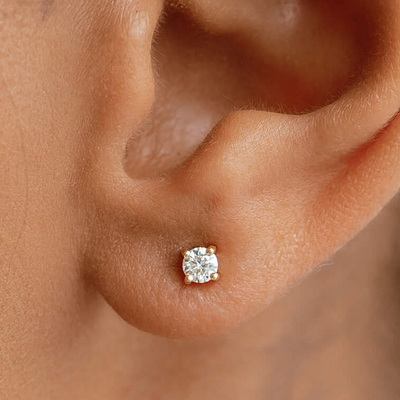
See Product |
14k White Gold Diamond Stud Earrings - Trillium |
Diamond Pave Band - Miriam |
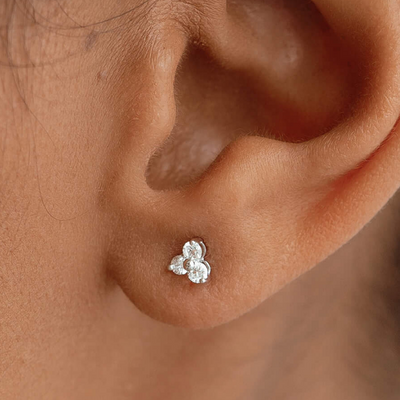
See Product |
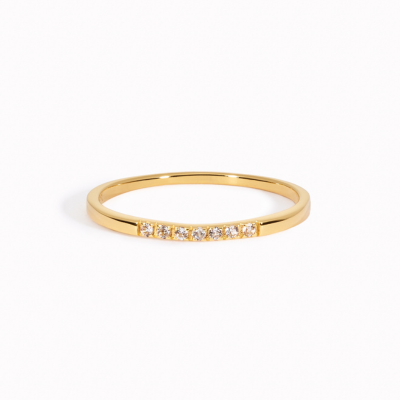
See Product |
Diamond Cut
Evaluating a diamond’s cut uses a grading system that considers brightness, fire, and scintillation. Understanding diamond cut is essential for buyers and sellers as it can affect the value and beauty of the diamond. Well-cut diamonds are brilliant and sell at higher prices than poorly cut diamonds.
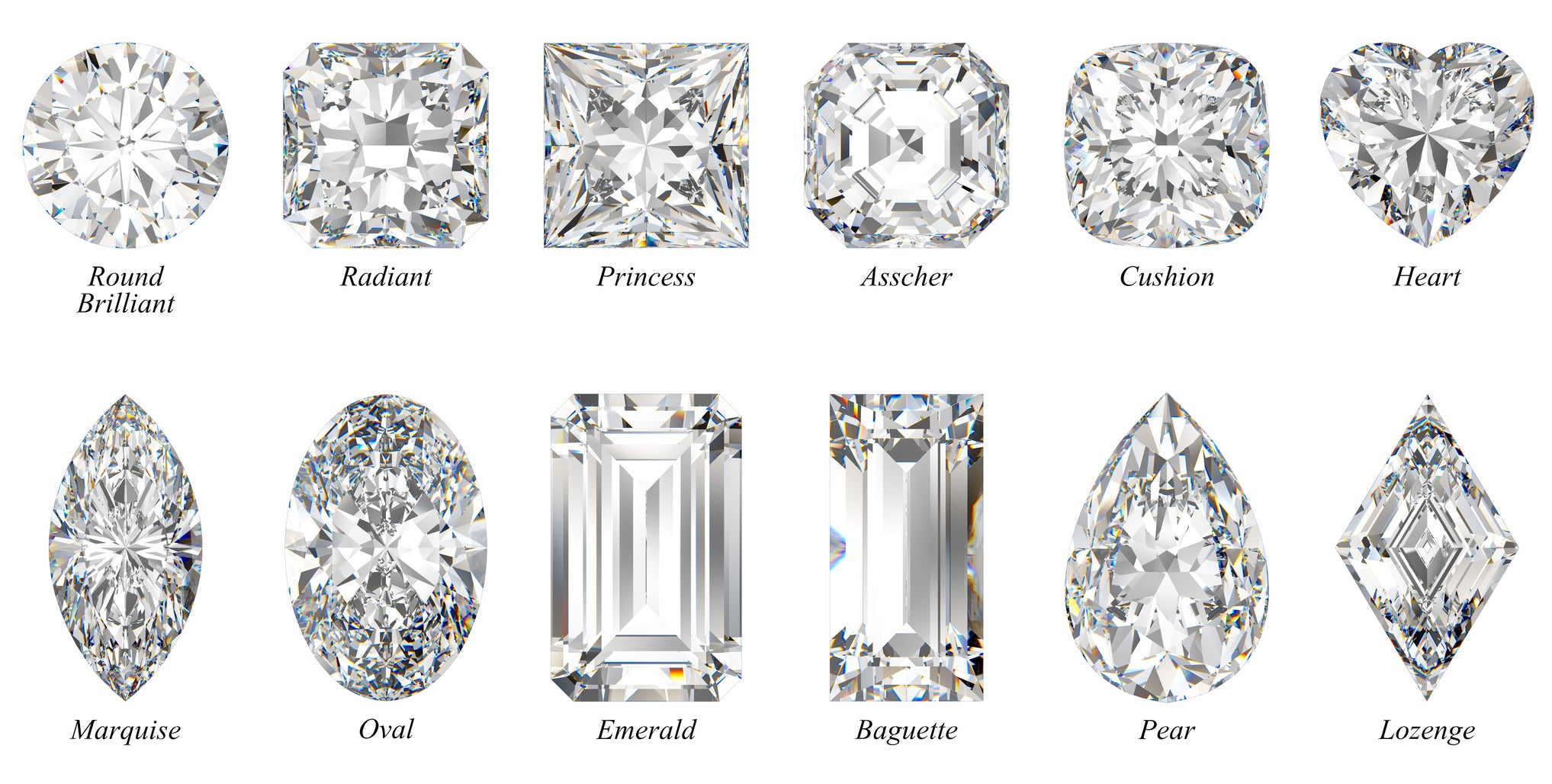
Diamond Color
Evaluating a diamond’s cut uses a grading system that considers brightness, fire, and scintillation. Understanding diamond cut is essential for buyers and sellers as it can affect the value and beauty of the diamond. Well-cut diamonds are brilliant and sell at higher prices than poorly cut diamonds.
It's important to note that colorless diamonds can still have subtle color variations that can affect their value. To determine the color of a diamond, a jeweler will usually use a jeweler's loupe or microscope to examine the diamond under controlled lighting conditions.
The Gemological Institute of America (GIA) grades a diamond’s color with the following grades:
- D-F - Colorless
- G-J - Near colorless
- K-M - Slightly tinted
- N-R - Very light yellow
- S-Z - Light yellow or brown
Shop Our Diamond Jewelry
Diamond Ring - Ilse Luxe |
14k White Gold Diamond Bar Stud Earrings - Lucia |
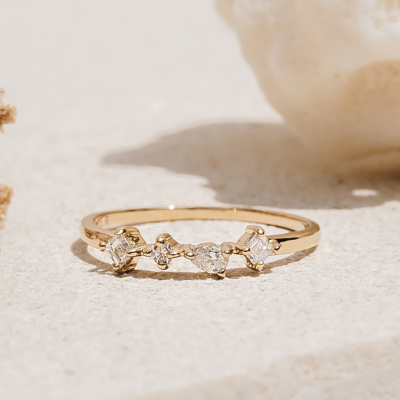
See Product |
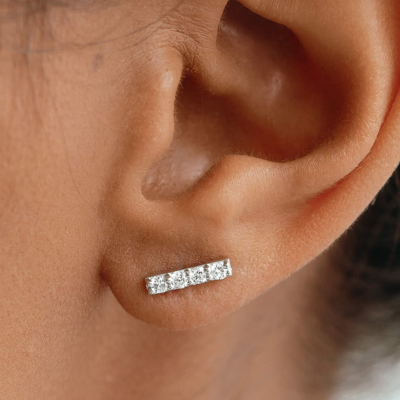
See Product |
14k Yellow Gold Diamond Huggie Earrings - Susanna |
Diamond Eternity Ring |
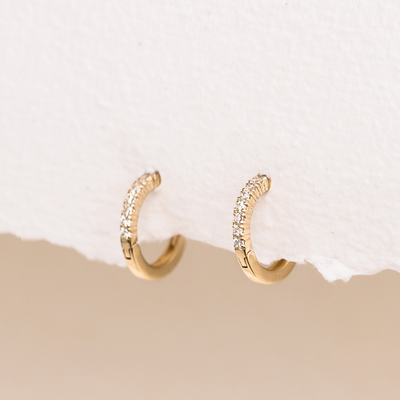
See Product |
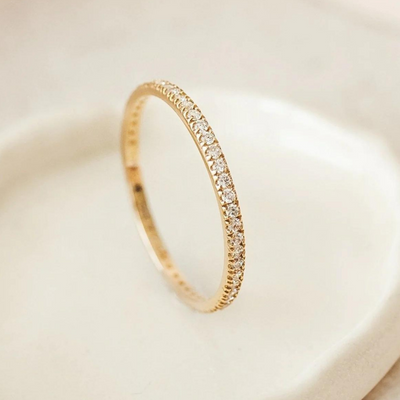
See Product |
Diamond Clarity
Diamond clarity refers to the presence or absence of internal and external characteristics, such as inclusions and blemishes in a diamond.
Inclusions are internal flaws, while blemishes are external flaws. The number, size, location, and visibility of these characteristics can affect the clarity grade of a diamond. Understanding diamond clarity is essential for anyone interested in buying or selling diamonds, as it can greatly affect the value of the diamond.
Jewelers give a diamond’s clarity one of the following grades:
- FL - Flawless, inclusion and blemish-free
- IF - Internally flawless, very minor surface blemishes
- VVSI and VVS2 - Very, very slightly included, microscopic inclusions that are difficult for a trained eye to see
- VS1 and VS2 - Very slightly included, minor inclusions that are slightly easy to see with trained eye
- SI1 and SI2 - Slightly included, if you look closely you can see them with the naked eye
- I1, I2 and I3 - Included, visible inclusions that are easily spotted
Diamond Carat
Diamond carat refers to the weight of a diamond and is one of the most important factors in determining its value. Carat weight also has a direct impact on the size of the diamond, with larger carat weights typically resulting in larger diamonds—straight forward enough right?
Well here’s the catch…Two diamonds with the same carat weight can have different cut, color, and clarity grades, which can greatly affect their value. Therefore it’s crucial to balance carat weight with the other 3 Cs (cut, color, and clarity) to achieve the desired combination of size and beauty within your budget.
What Are the Best 4CS for a Diamond?
There is no one-size-fits-all answer when determining what are the best 4Cs for a diamond. The clarity, cut, color and carat are all important factors to consider, as they work together to determine its overall beauty.
Each of the 4Cs have a unique impact on the diamond's appearance and value and finding the right balance is crucial. Different combinations of the 4Cs can create a variety of diamonds that appeal to different preferences and budgets.
Which Diamond C is Most Important?
The importance of each diamond C depends on personal preference and the intended use of the diamond. While all 4Cs (cut, color, clarity, and carat) are important factors to consider when valuing a diamond, their importance can vary depending on your budget, taste and intended use.
For instance, someone seeking a larger diamond may prioritize carat weight over cut, color, and clarity. Meanwhile, someone looking for a daintier diamond may prioritize higher grade in cut and color for maximum sparkle and brilliance. It's worth noting that a diamond's cut can have the greatest impact on its beauty and brilliance, but the other Cs can also be crucial for certain purposes.
Most Popular Diamond Cut
Cut is very important to consider when purchasing diamond jewelry because it determines the shape of the diamond. Let’s dive into a few of the most popular diamond cuts:
Round Brilliant Cut
The round brilliant cut is the most popular diamond shape thanks to its timeless, classic, and versatile look. Whether set in the center of an engagement ring or repeated in an eternity ring, a round brilliant cut diamond is incredibly sparkly thanks to its 57 facets (the flat parts around the diamond).
Cushion Cut
Cushion cut diamonds are square or rectangle-shaped with gently rounded corners. There are two different types of cushion cut diamonds: old mine cut and modern cushion. The old-mine cut features 58 facets and looks chunkier than the modern cushion. A modern cushion cut diamond has 64 facets, which gives it more sparkle.
Psst…did you know that Prince Harry gave Meghan Markle a cushion cut diamond engagement ring?
Princess Cut
Behind round diamonds, princess cut diamonds are the second most brilliant. This modern cut is shaped like an inverted pyramid with beveled sides. Of all square- and rectangular-shaped diamonds, princess cuts have the most brilliance.
Common Diamond Cuts:
- Marquise - An elongated diamond with pointed ends, often set in a solitaire or halo setting
- Pear - A teardrop-shaped diamond, with a rounded end and pointed end, often used in drop earrings and pendants
- Oval - An elongated diamond with a rounded shape, known for its brilliance and ability to create the illusion of greater size and length
- Emerald - A rectangular or square diamond with step-cut facets, known for its clean lines and elegant appearance. Emerald cut diamonds require higher clarity grades due to their fewer facets, which make imperfections more visible
- Radiant - A square or rectangular diamond with brilliant-cut facets and trimmed corners, often used in engagement rings
- Asscher - A square or rectangular diamond with step-cut facets and trimmed corners, known for its high clarity and vintage look
- Heart - A romantic diamond cut with a distinctive heart shape, often used in pendants and rings
- Baguette - A long and narrow rectangular-shaped diamond with step-cut facets, often used as side stones in engagement rings.
- Trapezoid - A diamond cut with four sides, resembling a trapezoid, often used as side stones in engagement rings
- Single Cut - A vintage diamond cut with only 17 or 18 facets, often used in antique and vintage jewelry
Now that you’re a diamond pro, shop our entire collection of diamond jewelry to discover timeless rings and earrings featuring our eco-friendly, lab-grown diamonds!



